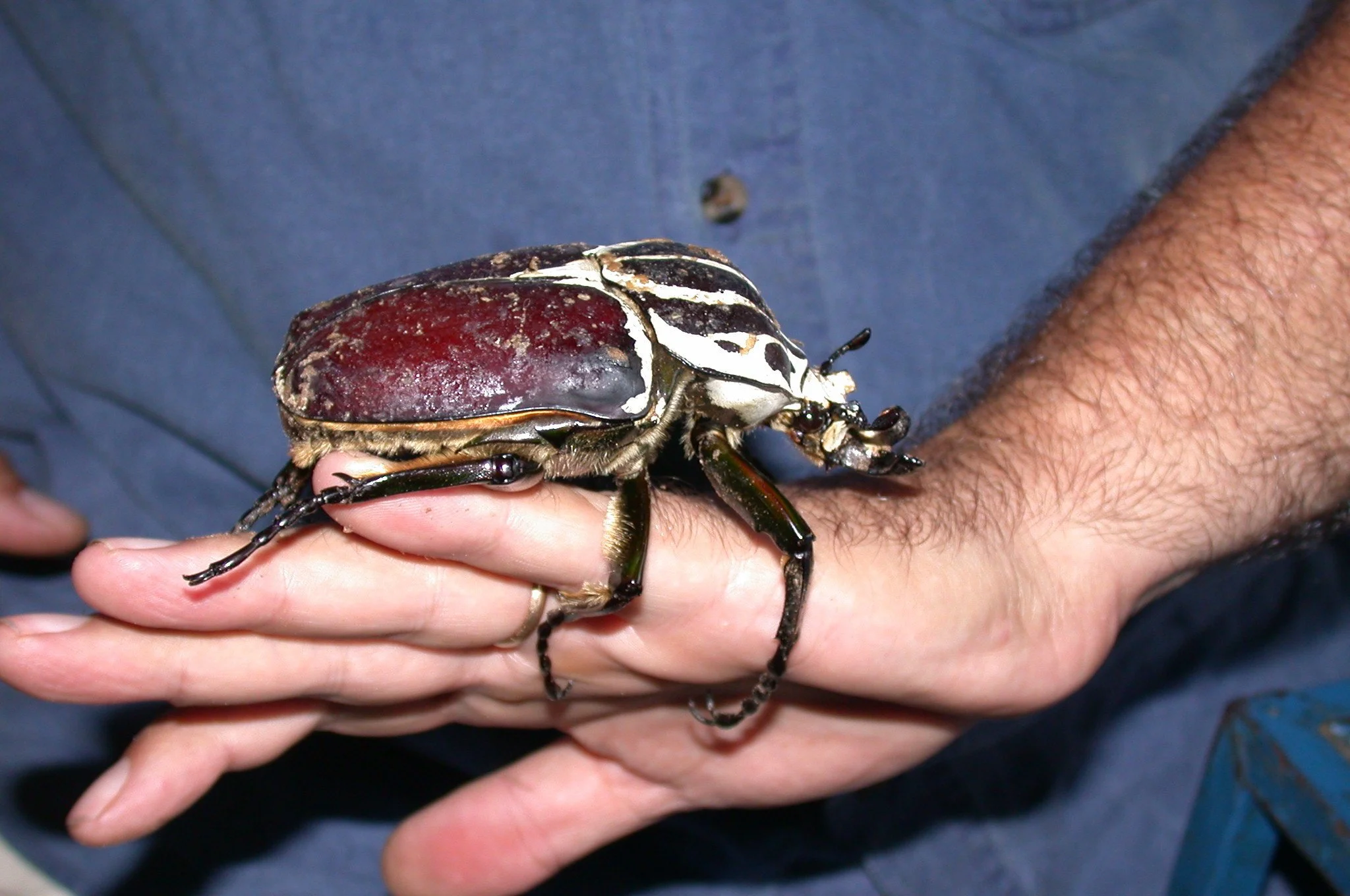The world's largest insect is the Goliath Beetle (Goliathus goliatus), a species of scarab beetle found in the tropical rainforests of Africa. These beetles are known for their impressive size, with males reaching up to 11 cm (4.3 inches) in length and weighing up to 100 g (3.5 oz).
One of the most striking features of the Goliath Beetle is its strong, chitinous exoskeleton, which protects it from predators and the harsh tropical environment. The exoskeleton is also responsible for the beetle's impressive size and strength, as it supports the insect's large body and allows it to lift heavy objects.
Despite its size, the Goliath Beetle is not a particularly aggressive insect and is generally docile in nature. It feeds on tree sap and fruit, and has a strong mandible that it uses to chew through tough plant material.
The Goliath Beetle has a fascinating life cycle, beginning as a small, white larva that feeds on organic matter in the soil. As the larva grows, it molts and sheds its skin several times until it reaches the pupal stage. At this point, the larva transforms into a adult beetle and emerges from the ground, ready to mate and start the cycle again.
While the Goliath Beetle is an impressive and fascinating creature, it is also facing threats to its survival. The destruction of its habitat due to logging and agriculture is a major concern, as is the pet trade, as the Goliath Beetle is often collected and kept as a novelty pet.
In conclusion, the Goliath Beetle is a remarkable insect that is worth appreciating for its size, strength, and unique life cycle. It is important that we work to protect and preserve the habitats of these and other insects, as they play a vital role in the health and balance of ecosystems around the world.






